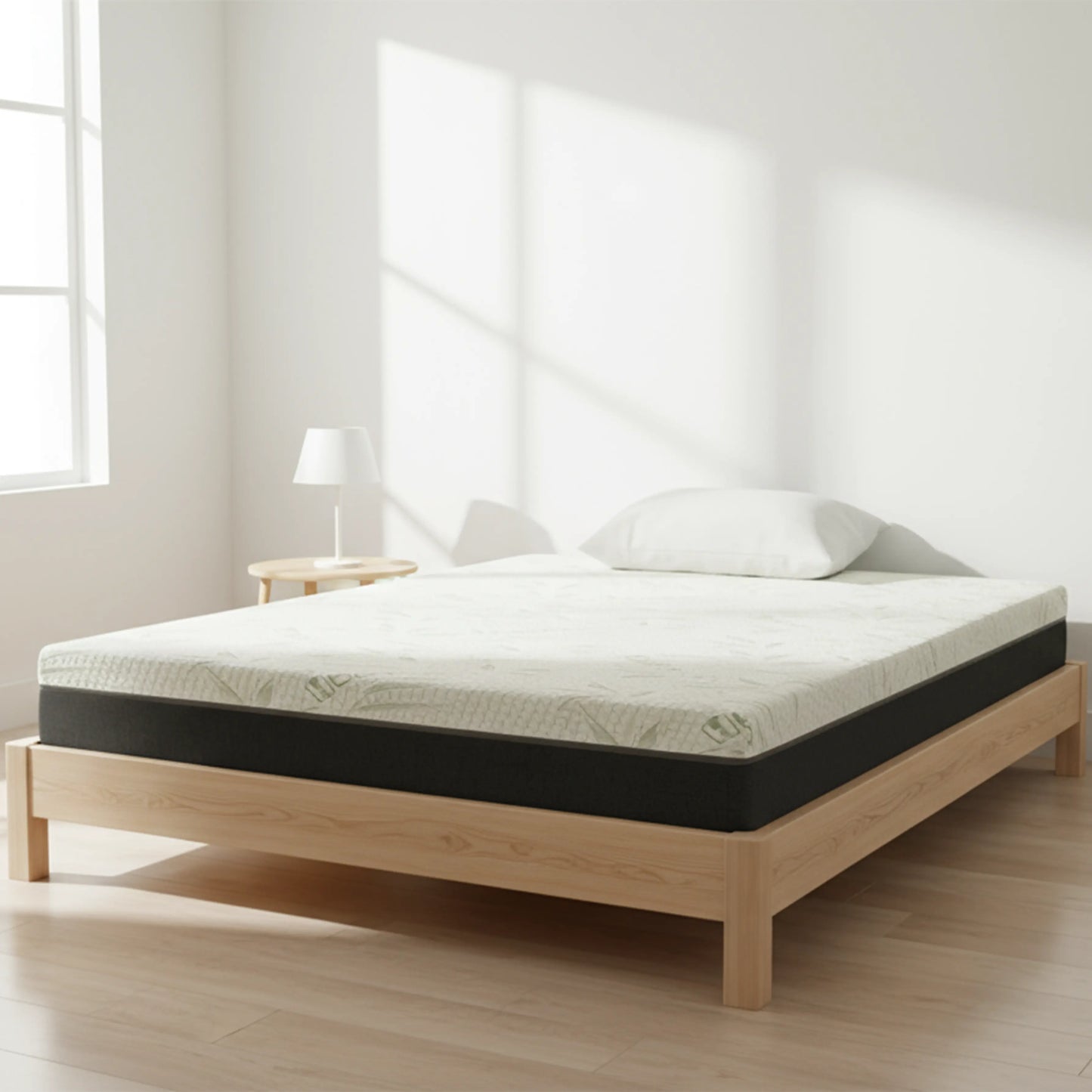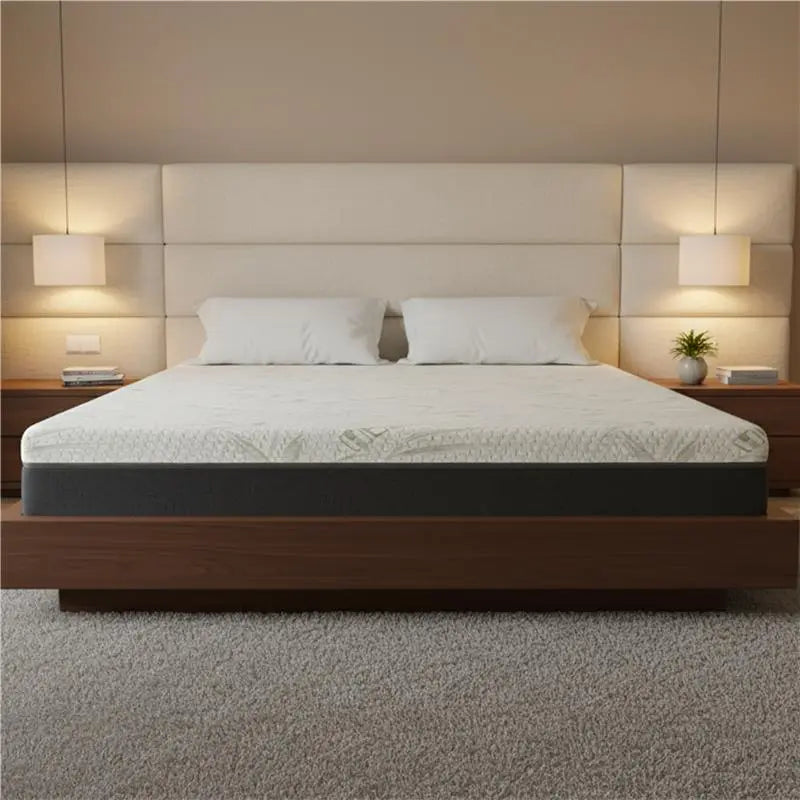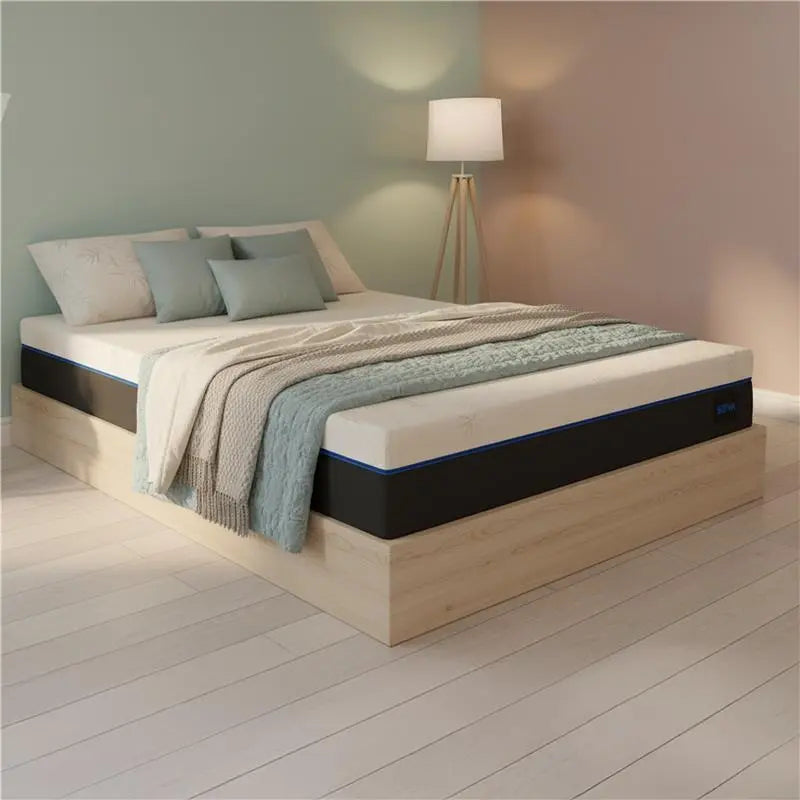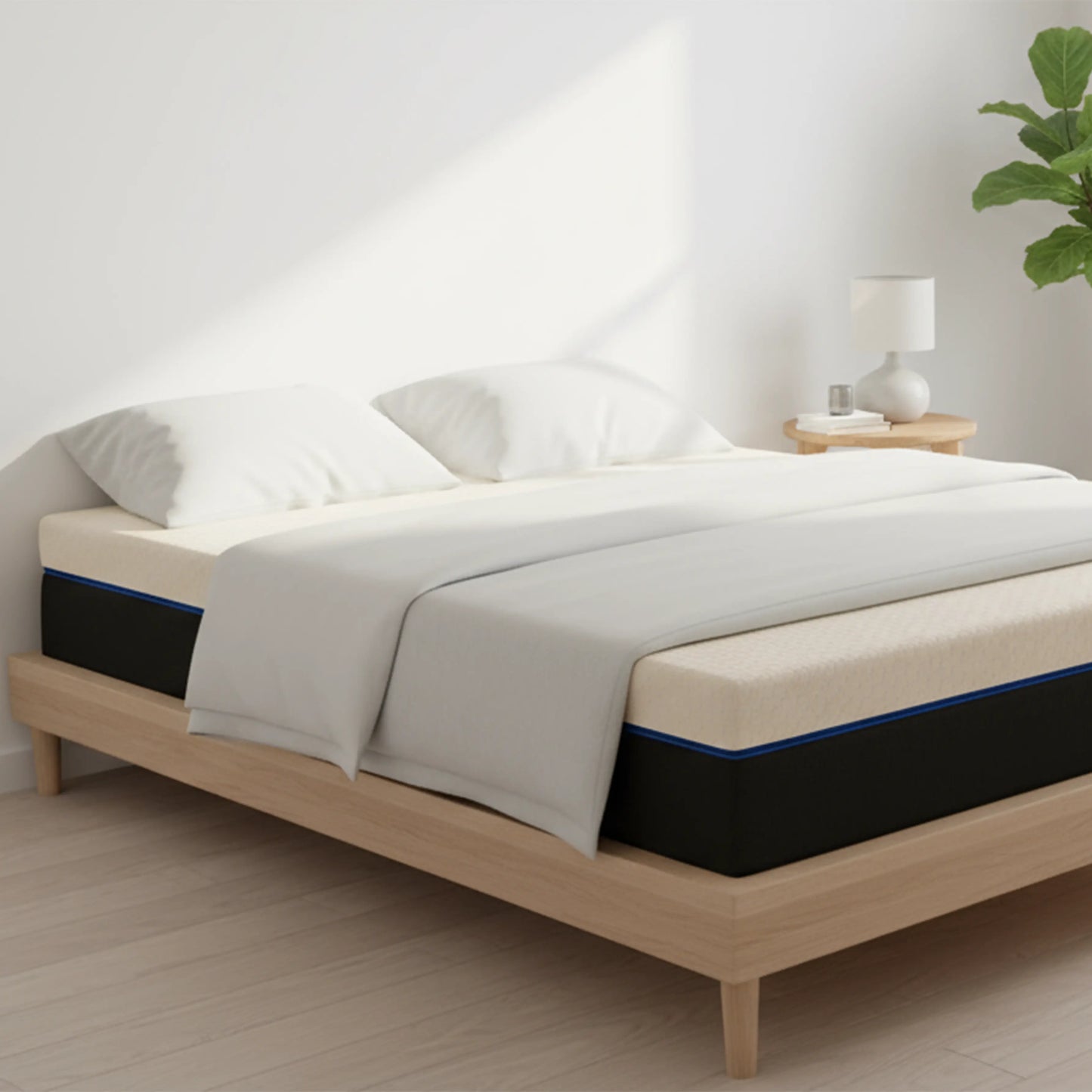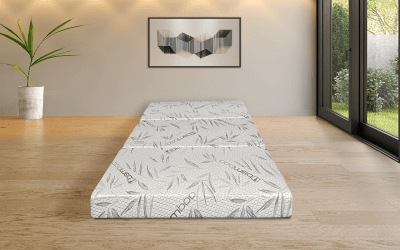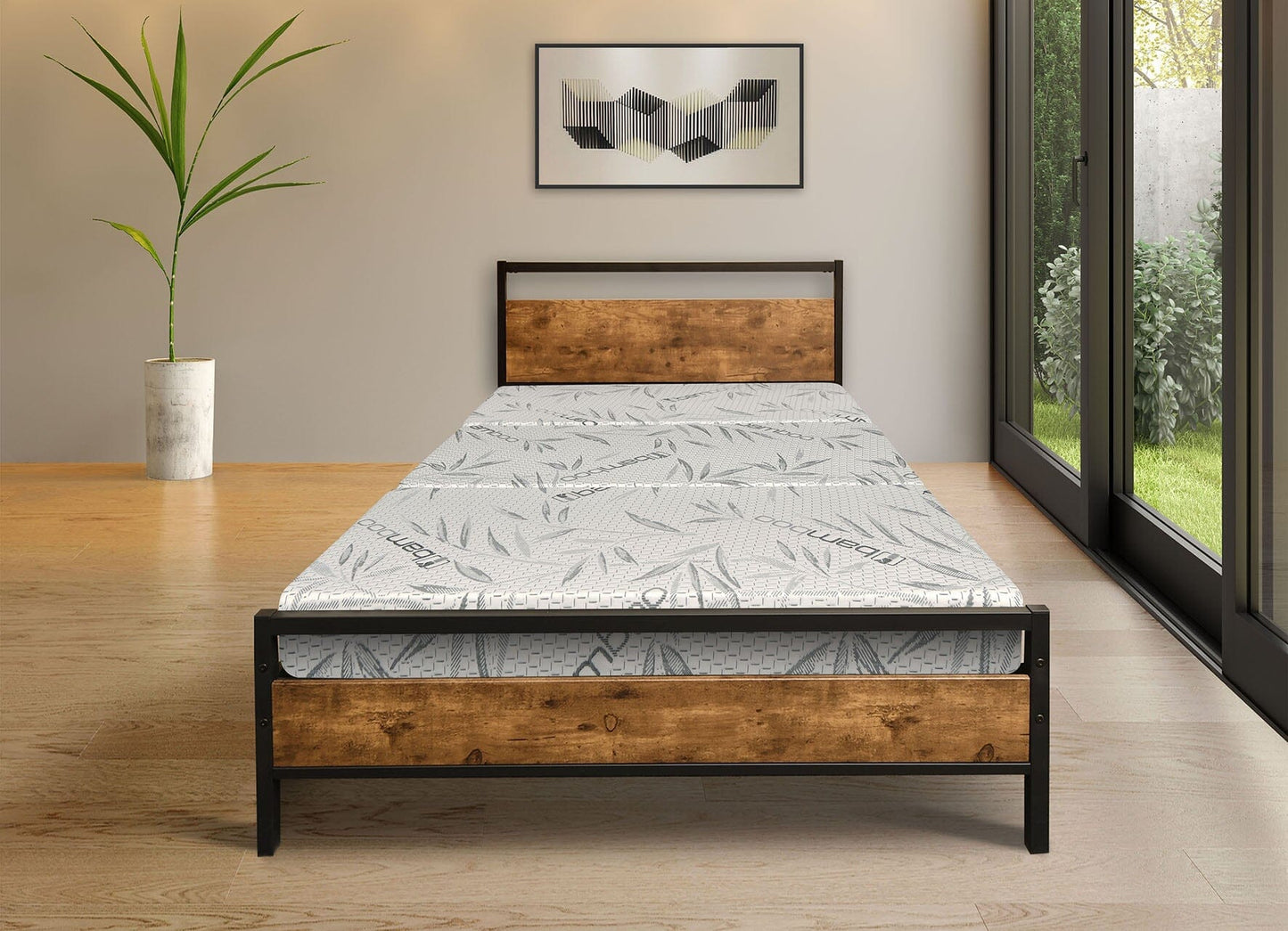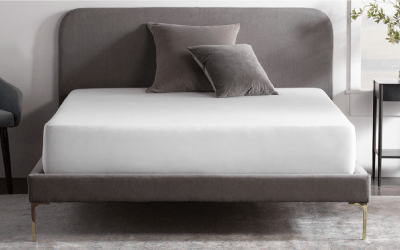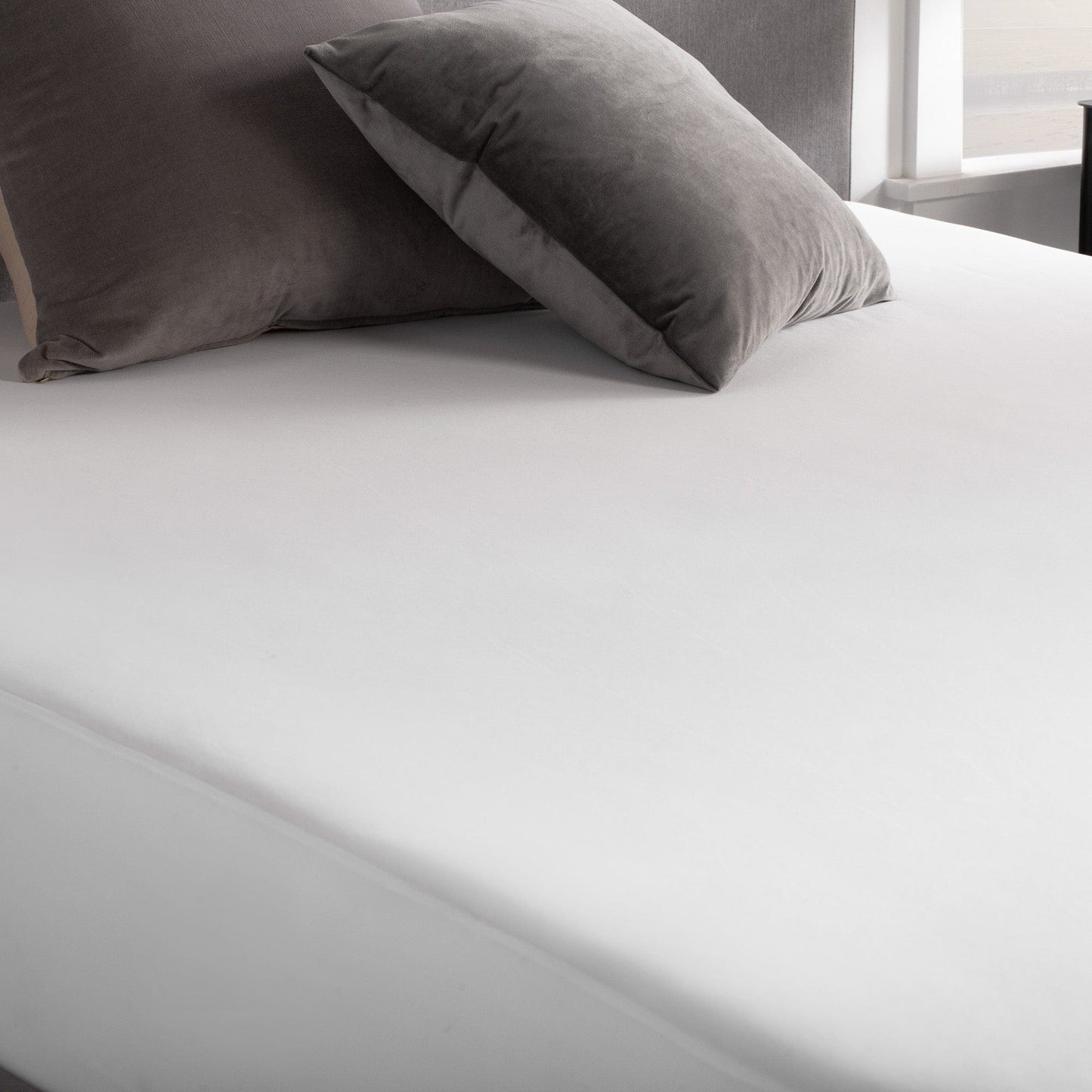m rooms and student apartments in Canada often come with one big challenge: limited space. Between compact bedrooms, shared housing, and the need to balance study with sleep, students quickly learn that creating a restful environment isn’t easy. Yet good sleep is essential for focus, memory, and overall well-being.
The good news? With the right strategies and smart use of mattresses and bedding, even the smallest dorm room or apartment can become a sleep-friendly space. Here’s how.
1. Choose the Right Mattress for Small Rooms
Space is at a premium, so your mattress must work with your environment.
- Memory Foam in a Box: Compact and easy to set up, boxed foam mattresses like the Seva Cool are perfect for tight rooms. They deliver pressure relief, cooling, and easy portability for future moves.
- Foldable or Tri-Fold Beds: A Seva Luna Tri-Fold Mattress is ideal for shared rooms or multi-use spaces. It doubles as a bed and folds away for daytime study or lounging.
- Low-Profile Mattresses: Mattresses around 6–8 inches thick, like the Seva Bamboobliss, are great for bunk beds or loft setups.
Why it matters: These options save space without sacrificing comfort, making them student-friendly solutions.
2. Use Vertical Space for Storage
Clutter leads to stress and disrupts restful sleep. In a small student room, using vertical space keeps the floor clear and the bed accessible.
- Install shelves or wall-mounted organizers for books and supplies.
- Use bed risers to lift your mattress and create storage underneath.
- Choose a loft bed if possible, freeing the floor for a desk or lounge area.
A tidy room helps signal to your brain that the space is calm and ready for rest.
3. Create a Sleep Zone Separate from Study
One of the hardest parts of dorm or apartment living is using the same space for everything. Blurring the line between work and rest often keeps students awake at night.
- Use your desk only for studying and keep your bed only for sleeping.
- If space is too tight, divide areas with a curtain or even a bookshelf.
- Invest in bedding that makes your bed feel distinct—soft sheets and supportive pillows that clearly separate study from sleep.
This simple boundary helps train your body to wind down more easily.
4. Upgrade with Affordable Bedding Essentials
Even in a small room, the right bedding makes a big difference.
- Mattress Protectors: Affordable, essential for hygiene, and they extend mattress life.
- Breathable Sheets: Cotton or bamboo keep you cool in cramped rooms.
- Supportive Pillows: Match firmness to your sleep style; side sleepers need more loft, while back and stomach sleepers need thinner pillows.
- Compact Duvets or Blankets: Lightweight bedding prevents overheating in small spaces with limited airflow.
Pairing a mattress topper with breathable bedding can instantly improve the feel of any dorm mattress.
5. Maximize Airflow and Temperature
Small dorm rooms heat up quickly, especially with limited ventilation. Overheating is one of the most common student sleep complaints.
- Opt for cooling mattresses like the Seva Cool, designed with gel-infused foam.
- Keep a small fan or window slightly open for airflow.
- Avoid heavy, thick bedding in warmer months.
A cool, well-ventilated room promotes deeper, uninterrupted sleep.
6. Stick to Sleep-Friendly Habits
Good habits matter just as much as good bedding:
- Keep a Consistent Schedule: Try to sleep and wake at the same times, even during exams.
- Limit Screens Before Bed: Blue light delays sleep; swap late-night scrolling for reading or light stretching.
- Use Earplugs or White Noise: Shared housing often comes with noise—block it out for uninterrupted rest.
- Dim Lighting: Use blackout curtains or a simple eye mask to reduce light pollution.
These habits train your body to recognize when it’s time to sleep, regardless of how small or busy your living space feels.
7. Make Your Bed Multi-Functional
For students in small apartments or studio-style dorms, the bed may need to do double duty.
- A foldable mattress like the Seva Luna Tri-Fold can serve as both a bed and a lounge area for reading or watching movies.
- Add a few cushions or a light throw during the day to create a “sofa mode” without needing extra furniture.
- For studio apartments, a low-profile mattress with storage drawers beneath maximizes space.
Turning your bed into a flexible setup keeps your room functional without crowding it.
Best Mattress and Bedding Solutions for Small Spaces
|
Student Need |
Best Solution |
Example (Seva) |
|
Small Dorm Room |
Mattress-in-a-box |
Seva Cool – compact, cooling comfort |
|
Multi-Use Room |
Foldable Mattress |
Seva Luna Tri-Fold – portable, flexible |
|
Loft or Bunk Bed Setup |
Low-Profile Mattress |
Seva Bamboobliss – slim, breathable |
|
Improving Dorm Mattress |
Mattress Topper + Protector |
Seva foam topper option |
|
Hot Sleeper |
Cooling Sheets and Gel Mattress |
Seva Cool with breathable bedding |
Final Thoughts
For Canadian students living in dorms or compact apartments, small spaces don’t have to mean poor sleep. With the right mattress, practical storage, breathable bedding, and smart routines, you can transform even the tightest room into a restful environment.
Affordable solutions like the Seva Cool, Seva Luna Tri-Fold, and Seva Bamboobliss make it easy to adapt to dorm life while still getting quality sleep. Combine these with sleep-friendly habits and you’ll not only rest better—you’ll study and live better too.
Good sleep is the foundation of student success, no matter how small the space.
